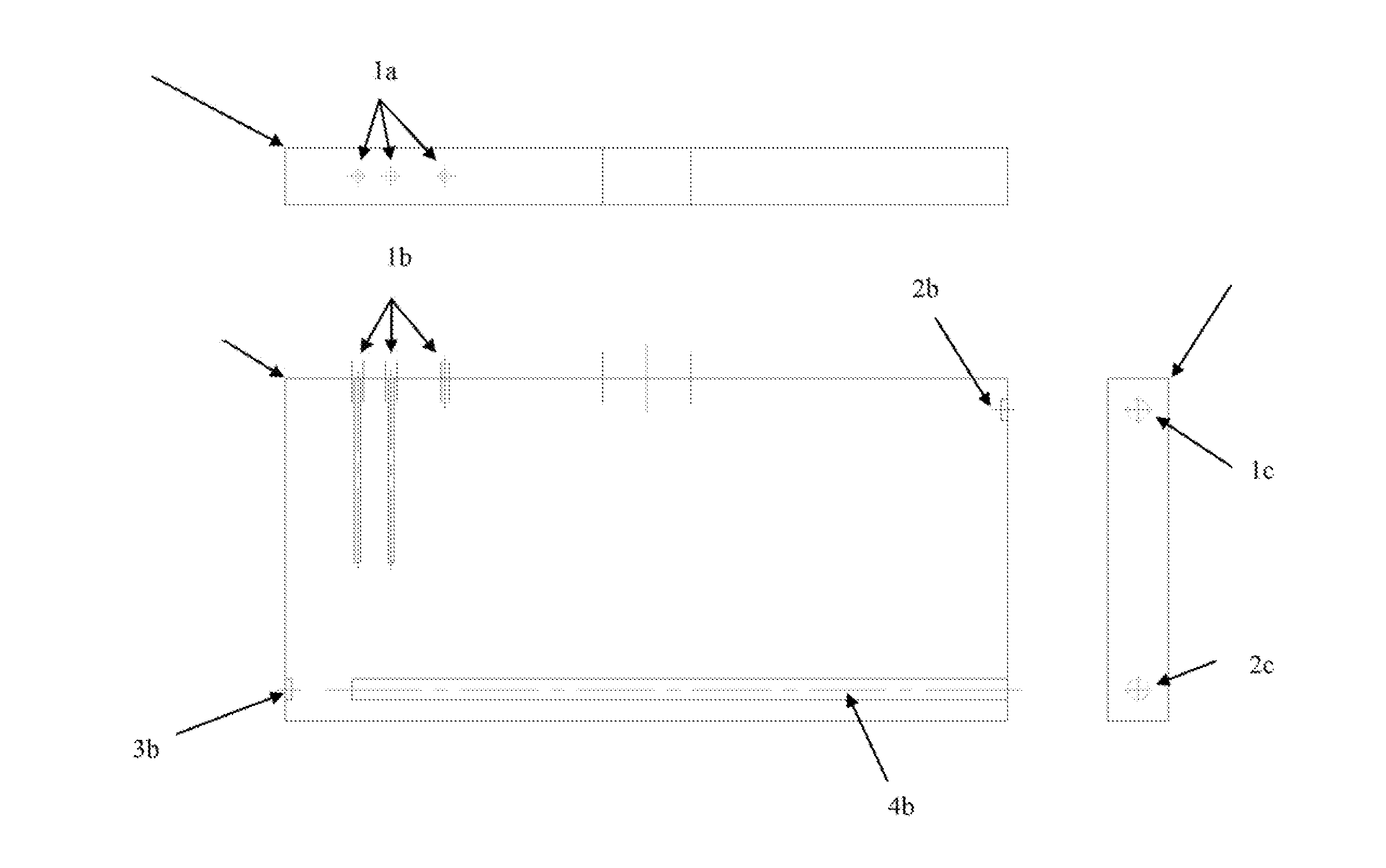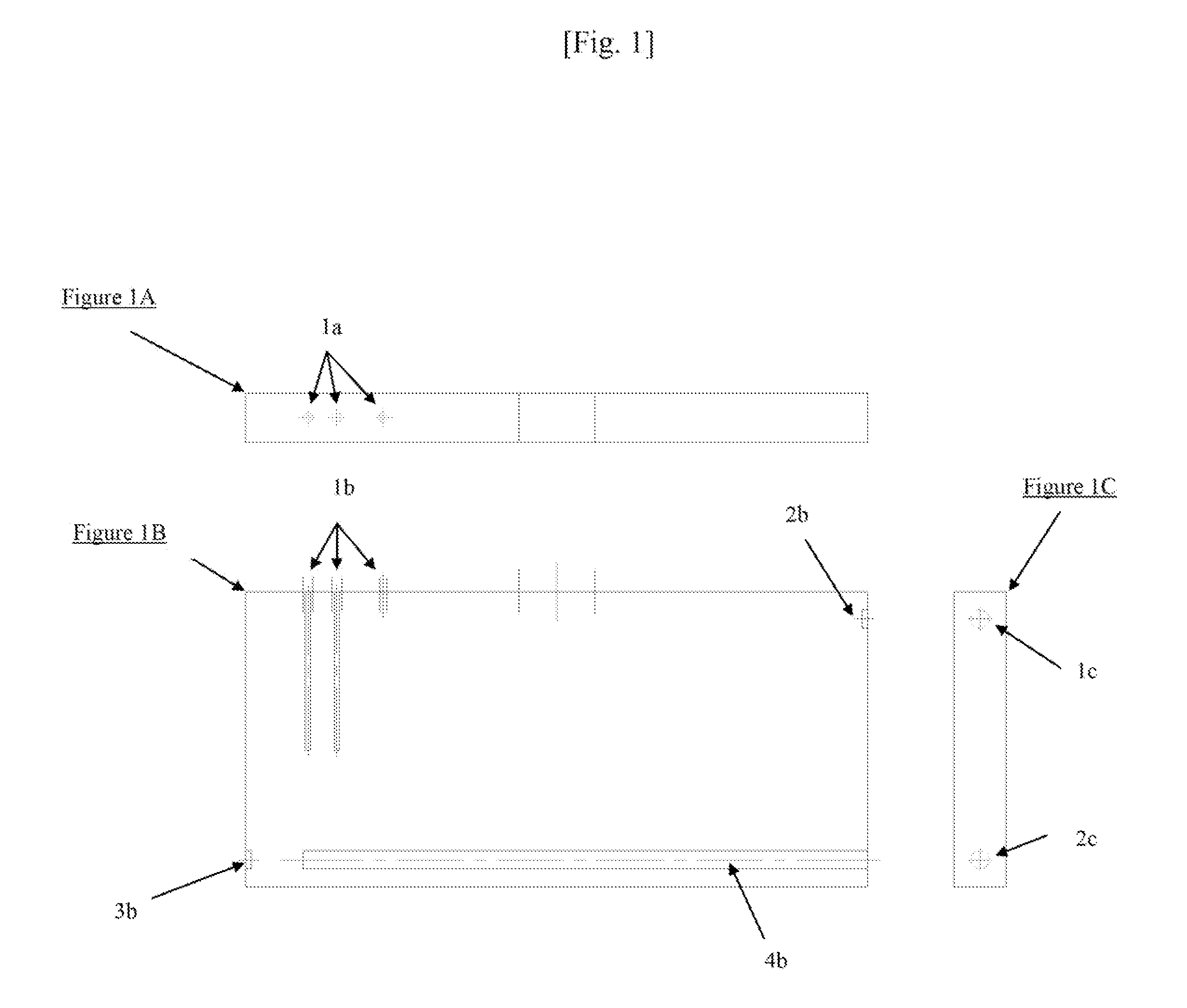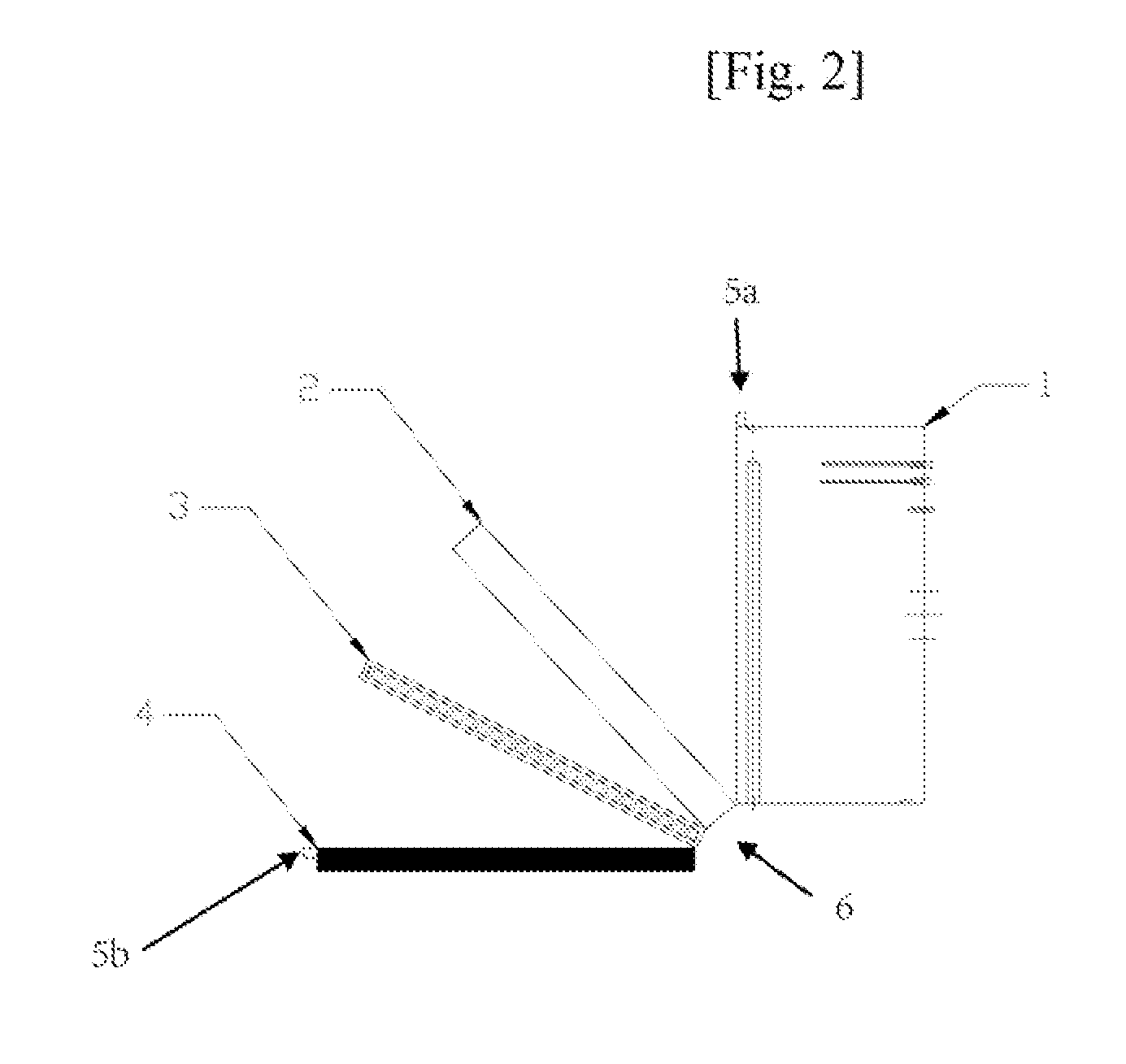Photo-bioreactor with Particle Separation and Water Recovery System
a photobioreactor and water recovery technology, applied in bioreactors/fermenters, biomass after-treatment, biochemical apparatus and processes, etc., can solve the problems of high production and maintenance costs, high cost of separation, and general equipment and energy expenditures, so as to facilitate maintenance and production at relatively low costs
- Summary
- Abstract
- Description
- Claims
- Application Information
AI Technical Summary
Benefits of technology
Problems solved by technology
Method used
Image
Examples
Embodiment Construction
[0047]The Photo-bioreactor System is designed to use sunlight and or artificial light to propagate multiple types of photosynthetic aquatic microorganisms for the purpose of biomass recovery through filtration and concentration. The photo-bioreactor consists of a hollow, transparent panel that is constructed of clear acrylic sheet material of a thickness proportional to the respective media weight. It comprises of multiple ports for the addition of media, O2, CO2, and environmental monitoring probes. The reactor is comprised of four distinct parts including the following; the reactor, a concentration chamber, a filtration membrane and a water recovery chamber. The concentration chamber, located beneath the growth chamber and connected to growth chamber via an electronic or mechanically controlled drain valve, sits atop a porous filter-membrane that permeates particles below the filter's pore size for the purpose of concentrating the biomass. The filtration membrane is comprised of t...
PUM
| Property | Measurement | Unit |
|---|---|---|
| transparent | aaaaa | aaaaa |
| concentration | aaaaa | aaaaa |
| volume | aaaaa | aaaaa |
Abstract
Description
Claims
Application Information
 Login to View More
Login to View More - R&D
- Intellectual Property
- Life Sciences
- Materials
- Tech Scout
- Unparalleled Data Quality
- Higher Quality Content
- 60% Fewer Hallucinations
Browse by: Latest US Patents, China's latest patents, Technical Efficacy Thesaurus, Application Domain, Technology Topic, Popular Technical Reports.
© 2025 PatSnap. All rights reserved.Legal|Privacy policy|Modern Slavery Act Transparency Statement|Sitemap|About US| Contact US: help@patsnap.com



